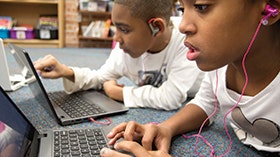Homepage
•
Learning Library
•
Blog
•
What full-scale change looks like and how to get there
Expand breadcrumbs
Expand breadcrumbs
- Learning Library
- Blog
- What full-scale change looks like and how to get there
- Homepage
- •
- Learning Library
- •
- Blog
- •
- What full-scale change looks like and how to get there
What full-scale change looks like and how to get there
By Gail Marshall
January 1, 2017








